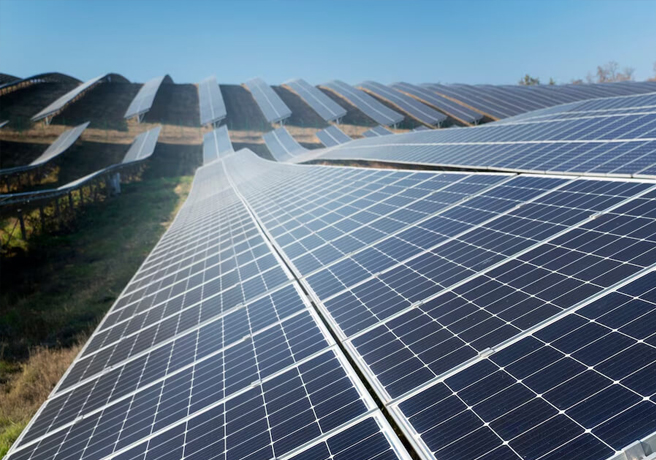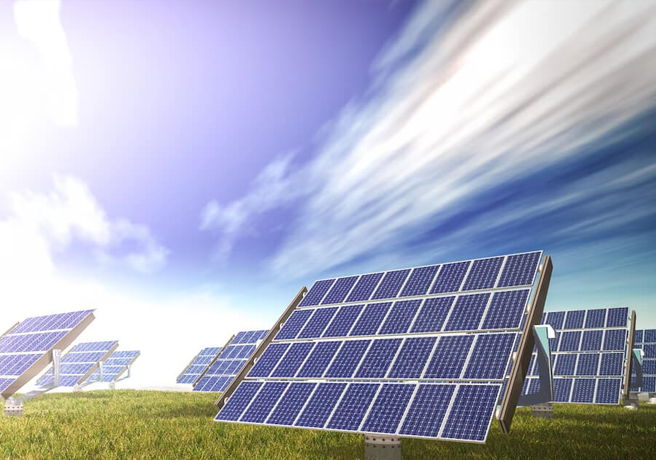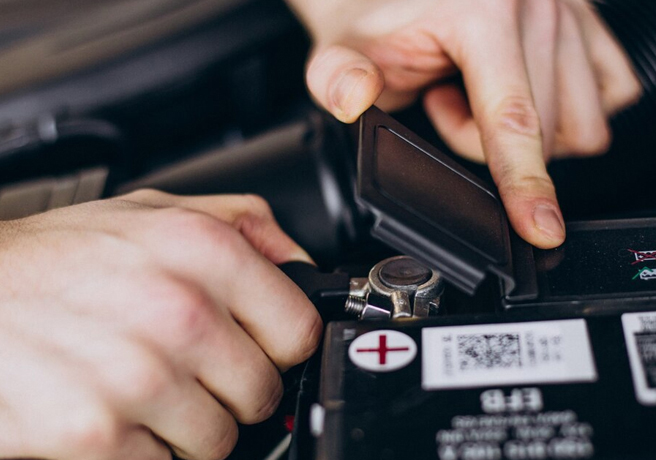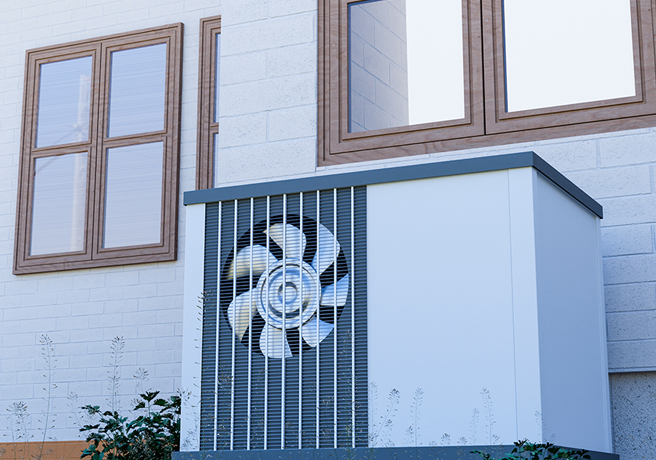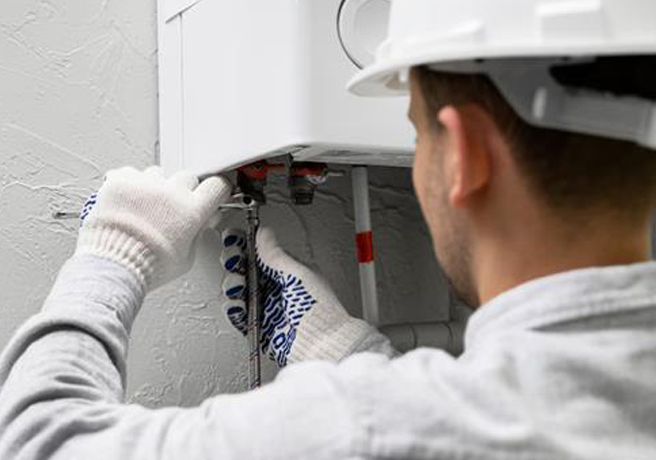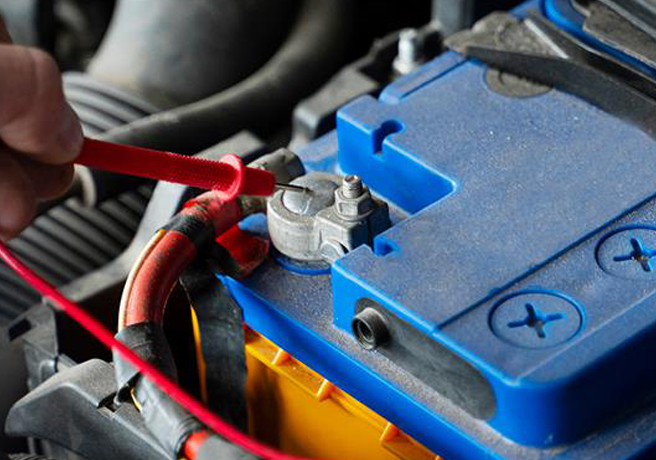Main navigation
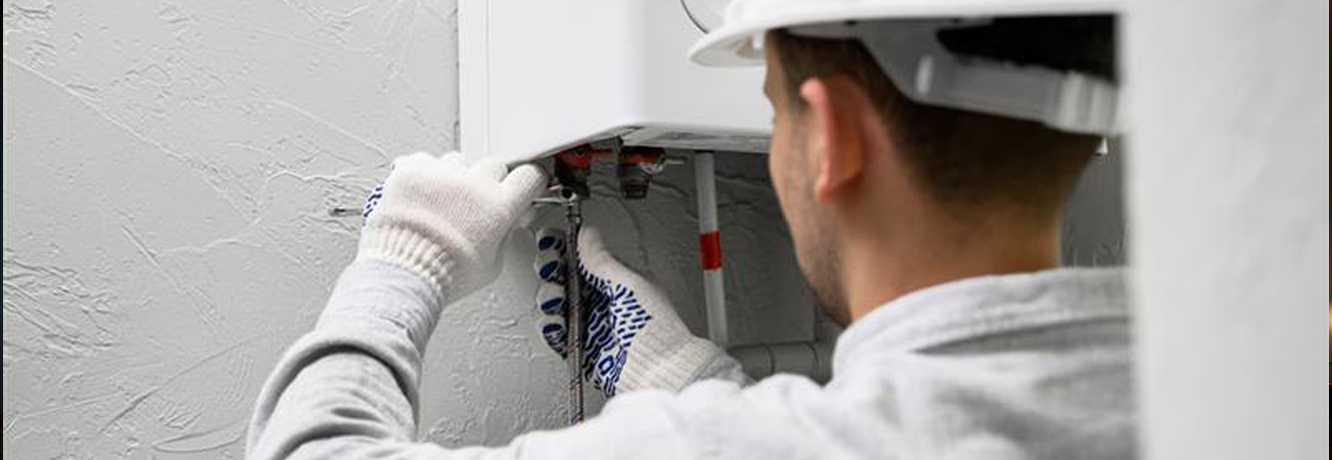

In our modern world, where we are always connected and rely on energy-consuming devices, having a reliable inverter system is like having a watchful guardian that ensures your electronic devices never go offline. While installing an inverter will not grant you extraordinary skills, it can help you during power outages and save the day.
To install the best inverter with battery for home, you should have the skills and information to make it work appropriately. This blog will take a look at some handy and simple tips for a fruitful installation. These suggestions will help you keep your lights onon, and your electronics and home charged.
Before we begin, let's take a moment to appreciate the magnitude of its worldwide significance. Consider this: the global inverter market, a humming hub of innovation and energy revolution, was worth USD 16.3 billion in 2022. The adventure does not end there; experts project that the market will continue to grow at a phenomenal Compound Annual Growth Rate (CAGR) of 15.7% from 2022 to 2027.
Here's more to know about.
The Fundamental Functions of an Inverter
An inverter is an electrical equipment that transforms direct current into alternating current. Its main role is to change the voltage, frequency, and waveform of the input DC power into AC power that can work with different electrical gadgets and appliances. More importantly, it helps to keep the battery fully charged, so that it can generate enough power to let the inverter work in case the power supply to the house is unavailable.
Benefits of installing an Inverter
Inverters are useful during hot and rainy seasons, particularly during a power shortage. They give a solid solution to keep daily life running smoothly. There are many advantages of using inverters that you should be aware of.
1. Uninterrupted power supply
The essential benefit of installing an inverter with a UPS battery for home is the assurance of an uninterrupted power supply. Never again will you be surprised by unexpected power cuts, as the inverter consistently takes over within milliseconds, guaranteeing that your lights stay on and your devices continue to run. Plus, your work process stays undisturbed.
2. Seamless transition
Gone are the times of hurrying to save your work before the PC shuts down because of a power outage. Inverters give a seamless transition between the primary power source and the backup. It eliminates disturbances in electronic gadgets and prevents data loss. Your PCs, home theatre setups, and other delicate electronics can keep functioning without a hitch.
3. Enhanced productivity
For businesses, each minute of downtime means potential income loss. With a power inverter setup, productivity stays unaffected even during power disturbances. Client care operations and critical infrastructure can keep working without a hitch, defending productivity and reputation.
4. Cost savings
Investing in an inverter can lead to significant expense savings over the long haul. Regular power outages can result in increased wear and tear on electronic gear, prompting higher maintenance and replacement costs. An inverter's capacity to prevent these disruptions can fundamentally expand the life expectancy of your gadgets.
5. Customizable solutions
Inverter technology has developed to offer a scope of customizable solutions to suit your particular requirements. Whether you require a system for a small apartment or a vast industrial setup, there's an inverter configuration that fits all the bills. This adaptability ensures that you are investing in a solution that is exactly matched to your needs.
Tips for Proper Inverter Installation
A legitimate inverter installation is fundamental to making the most out of this technology. Here are a few master tips to direct you through the process.
1. Mind the capacity
It's tempting to go all out and get the most powerful inverter on the market. But hold your horses! Assess your actual power needs to avoid overloading the inverter. An overloaded inverter not only performs poorly but can also lead to damage and safety hazards. Calculate your requirements accurately and choose an inverter that comfortably handles your load.
2. Proper mounting
Mounting your inverter is the next step in this electrifying journey. Placing your inverter in the right spot is crucial, like hanging a masterpiece painting. Look for a well-ventilated area with ample space – your inverter deserves room to breathe.
Wall mounting? Make sure it's secure like a rock star on stage. If floor-mounted, avoid placing it in flood-prone zones; water and electronics don't dance well together!
3. Wiring wisdom
Wiring might not be the most glamorous aspect of installation, but it's undoubtedly crucial. Use high-quality, appropriately sized wires to minimize energy loss and prevent overheating. Securely fasten the wires to prevent any accidental tugs or pulls. Neat and organized wiring not only enhances safety but also makes troubleshooting easier down the road.
4. Connect to the battery
The core of your inverter setup is the battery connection. Picture this: batteries are like the power reservoir, and the inverter is the maestro conducting the energy orchestra.
Connect the positive (+) and negative (-) terminals with utmost precision. Just like connecting dots in a constellation, proper polarity is key. If your inverter has a grounding wire, ensure it's as snug as a bug in a rug.
5. Safety first
Working with electricity demands respect for safety protocols. Before you even think about touching a wire, make sure the power source is disconnected.
Consider using appropriate safety gear like gloves, and safety goggles. It would be very helpful if you have insulated tools. A cautious approach might slow you down a bit, but it's a small price to pay for avoiding dangerous circumstances.
6. Most Important - Call a professional installer
You could think you can do it single-handedly, but inverter installation isn't a Do-It-Yourself adventure. If all else fails, feel free to call an expert installer. Think of them as the sound engineers of the power world - they fine-tune each wire and connection to make a harmonious energy stream. An expert guarantee that your inverter installation doesn't miss a beat and follows the security code.
7. Testing, 1-2-3
The final act is testing. After installation, thoroughly test your inverter under various conditions, such as:
- Simulate power outages
- Check response times
- Verify that all connected devices function properly
A successful test is a sign that your hard work has paid off.
Points to avoid while inverter installation
1. Avoid crowded spaces
In less packed conditions, inverters tend to operate at their optimal level, similar to introverts people who thrive in calmer settings. Get them far from appliances and electronic devices that produce heat. Your inverter deserves its breathing space.
2. No shortcut syndrome
Cutting corners could work in certain parts of the condition, but not with regard to wiring. Avoid the temptation of skimping on quality wires and associations. Quality materials guarantee a smooth flow of power and peace of mind.
3. Say no to cramped quarters
Inverter installation isn't ideal for a tight squeeze. Try not to cramp multiple inverters in a confined space. Overheating becomes a genuine danger when there's insufficient space for them to breathe.
4. Skip the random placement
Try not to throw a dart at the wall and conclude that is where your inverter goes. A random placement without considering factors like ventilation or proximity to batteries: plus, accessibility can lead to performance issues.
5. Don't ignore warning signs
Your inverter probably won't send smoke signals, but it has warning lights. Try not to ignore these signs; they're your inverter's approach to saying, "We have an issue." Address issues immediately to prevent further complications.
This is for you
Installing the best inverter with battery for home is vital in maintaining a nonstop and continuous power supply. Following the efficient guidelines discussed in this blog will assist you with guaranteeing a fruitful installation experience for a power inverter near me. With these suggestions and instructions, you may face the installation cycle with confidence and look forward to a future of steady and reliable electricity.
related Posts
Interested in buying our products?
Fill the enquiry form or call us on:

